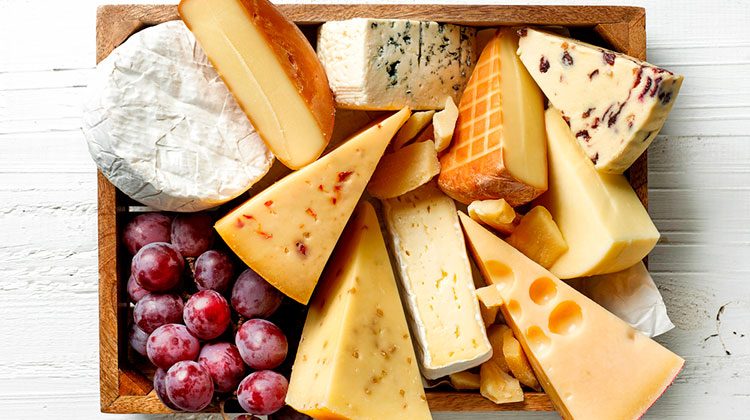Hello ladies and gents this is the Viking telling you that today we are talking about
CHEESE
1. Cheese was created over 4,000 years ago-by accident
Amazingly, one of our favorite foods might never have been discovered if it weren’t for a mistake. Legend has it the first cheese was created accidentally, by storing milk in a container lined with an animal’s stomach. An enzyme from the stomach caused the milk to separate into liquid (whey) and solids (curd). The curd? That’s cheese.
2. It takes 10 pounds of milk to make just 1 pound of cheese.
That’s right-and the best way to ensure that milk turns into delicious cheese is to make sure dairy cows eat a healthy diet. Cows eat about 90 pounds of feed every day and produce 2,604 gallons of milk per year. That can make a lot of cheese!
3. Over 25% of cheese in the U.S. is made in Wisconsin (the rest comes mostly from California, Idaho and New York). More than half the nation’s artisan cheese is made in Wisconsin.
Listen, there’s a reason we call ourselves cheeseheads. Not only does Wisconsin make a LOT of cheese, but our farmers make GOOD cheese. The Dairy State wins over half the prizes at the U.S. Championship Cheese Contest each year. Wisco cheesemakers have won one-third of the honors at the World Championship Cheese Contest, a competition that’s been around since the 1950s.
4. Some cheeses are illegal in the United States.
Because of safety concerns related to bacteria, the FDA has banned certain cheeses from entering the United States. These include cheeses made with raw milk and aged under 60 days, including Brie de Meaux, Reblochon, Valencay, Epoisses, Roquefort and Camembert de Normandie. You’ll have to travel to France to indulge in these specialty cheeses.
5. Cheese caves are a real thing.
Storing cheese in caves, whether natural or man-made, helps to age them and imparts another level of flavor. Caves are cool and humid, which is exactly what cheese needs to age properly. European cheesemakers used natural caves before we had modern refrigeration. Today, American cheesemakers usually construct their own cheese caves, which allows them to regulate temperatures and humidity levels to the exact specifications a certain cheese needs. Pretty cool!
And as always have a chilled day from the Viking.

Comments
Post a Comment